Discover essential tips and tricks to streamline your packing process and ensure a hassle-free relocation. To alleviate the stress and make this task breeze, it’s essential to know how to pack for a move and make a strategic plan. This blog will guide you through the art of efficient packaging, sharing valuable tips and techniques to help you save time, maximize space, and keep your belongings safe and organized throughout the entire relocation.
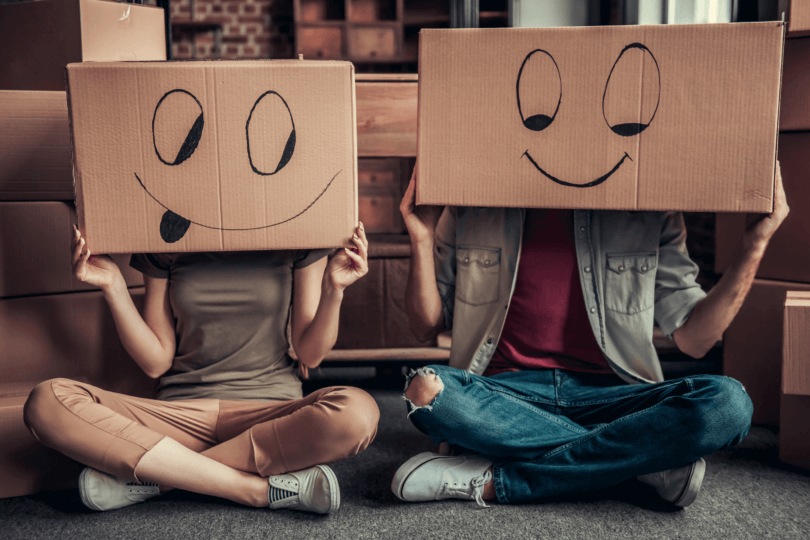

How to pack when moving? Start by decluttering and sorting your belongings, keeping only what you need. Use sturdy boxes, bubble wrap, and paper to protect fragile items. Pack room by room, labeling each box with its contents and destination. Maximize space by filling gaps with clothing or peanuts. Disassemble furniture, secure hardware, and wrap pieces in furniture blankets. Lastly, package essential items separately for easy access upon arrival.
Achieving packing perfection is within your reach with these invaluable tips on how to pack for a move. Discover strategic techniques for efficient packing, such as creating a comprehensive plan, decluttering, and gathering essential packing supplies.
Learn how to maximize space by packaging strategically, protecting fragile items with care, and labeling boxes for easy unpacking. By embracing these tips, you’ll ensure a smooth and well-organized relocation, setting the stage for a successful transition to your new home.
Preparing for a stress-free moving experience, particularly when transitioning to a big city, begins with strategic planning. Start by assessing the size of your new home and establishing priorities. Create a checklist to track your progress and set realistic goals for each room.
Declutter and donate unnecessary items to lighten your load. Gather essential supplies like sturdy boxes, tape, and labels. By taking these initial steps and planning, you’ll set the foundation for a smooth and organized moving process to your exciting new city destination.
To create an efficient timeline and checklist, begin by assessing the timeframe of your move. Break down the tasks into manageable chunks, starting with non-essential items and gradually moving towards essential ones.
Assign specific dates or time frames to each task to stay on track. Develop a comprehensive checklist that includes supplies, room-by-room packaging goals, labeling guidelines, and any other important reminders.
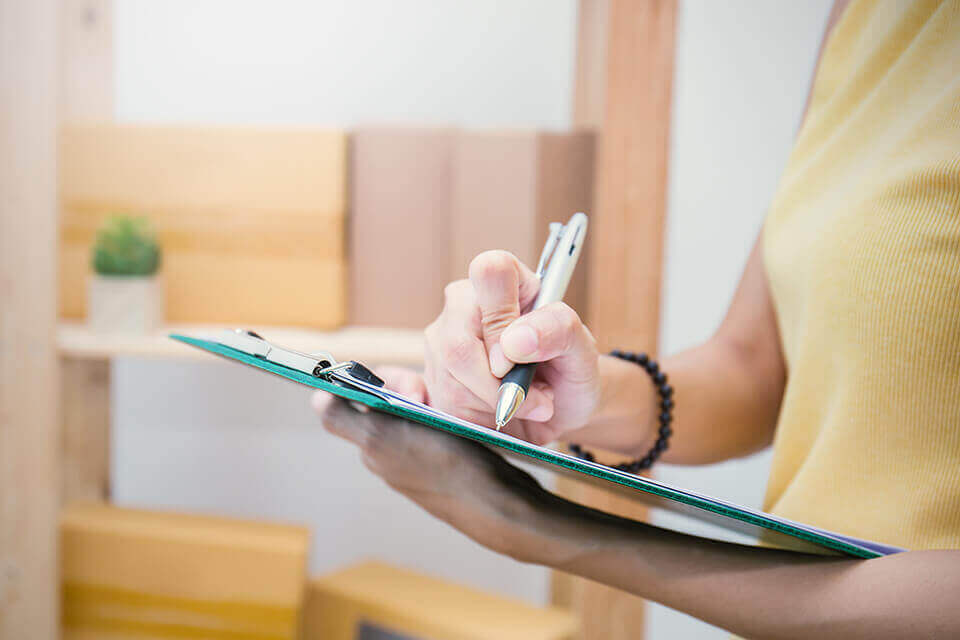
Before you start boxing up belongings, it’s crucial to assess the quantity and size of your items to determine the packing supplies needed for a successful relocation. Take an inventory of your possessions, categorizing them by room or type. This will help you estimate the number of boxes, tape, bubble wrap, and other materials required.
With a good understanding of your belongings, you can begin efficiently packing and ensure that you have the appropriate supplies to safeguard and transport your items to your new destination.
When preparing for relocation with the assistance of cross-country movers or a reputable long-distance moving company, it is essential to establish the strategy for each room or area of the house. Begin by prioritizing rooms that are used less frequently and gradually move towards more frequently accessed areas.
Pack items in a logical and systematic order, considering their fragility and weight. By implementing a room-by-room strategy, you’ll make everything manageable.
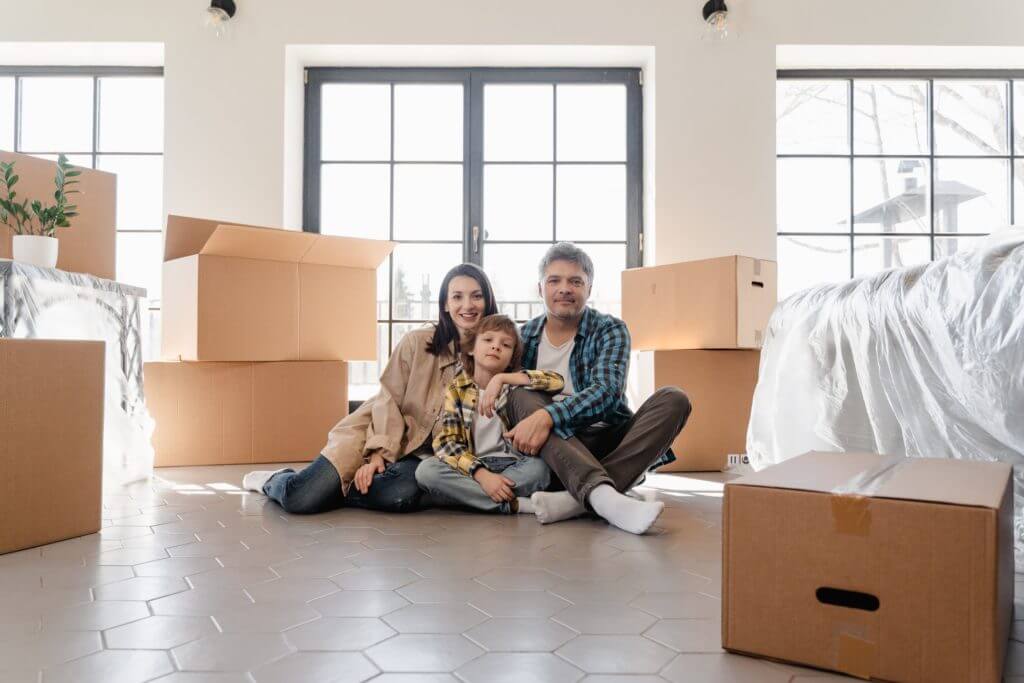
When it comes to supplies, here is a list of essential items that will help make your relocation smoother:
Streamlining your belongings is a vital step on your relocation to-do list, ensuring an organized and efficient relocation. Take the time to sort through your possessions, identifying items you no longer need or use. This process allows you to declutter and eliminate unnecessary baggage, ultimately lightening the load for your journey.
Donate, sell, or discard these items responsibly. By intentionally curating your belongings, you’ll simplify your relocation and start fresh in your new space with a sense of clarity and simplicity.
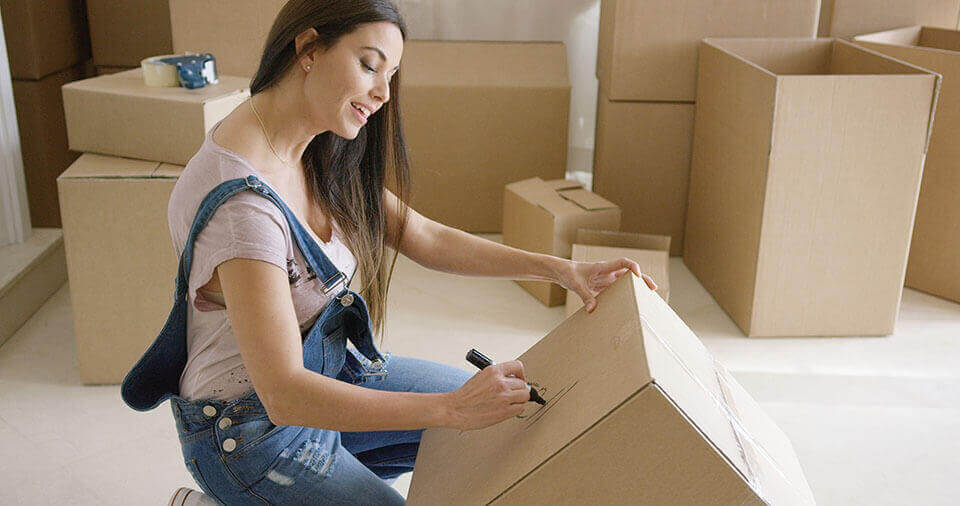
Begin by evaluating each possession and deciding whether it holds value or serves a purpose in your new space. Items that you want to keep should be carefully packed and labeled.
Consider donating old furniture as well as books you don’t need anymore, but that are in good condition to charities such as the Salvation Army, allowing them to benefit others. Sell valuable items that you no longer require, putting some extra cash in your pocket. The great idea is to organize a garage sale.
Lastly, responsibly discard any items that are broken, damaged, or no longer usable. By categorizing your belongings, you can streamline your relocation, reduce clutter, and start fresh in your new home.
Assess each item’s usefulness, sentimental value, or frequency of use. Consider adopting the “one in, one out” rule, where you remove one item for every new item you acquire. Another effective strategy is to ask yourself if an item truly adds value or enhances your life.
By focusing on intentional living and letting go of unnecessary possessions, you can create a more clutter-free living environment, making your relocation and settling into your new space much easier and enjoyable.
Here is a video to help you better declutter your home:
Research the market value of your items to set a fair price. Take clear and appealing photos to attract potential buyers. Utilize online platforms, such as auction sites or classified ads, to reach a wider audience.
Write detailed and accurate descriptions of your items, highlighting their unique features and condition. Respond promptly to inquiries and be open to negotiation. Consider hosting a yard or garage sale or utilizing local consignment shops for convenience.

By tackling one room at a time, you can focus on the specific needs and contents of each space, ensuring that your belongings are packed logically and systematically. Room-by-room packaging allows you to approach the task with a clear plan, minimizing confusion and making unpacking a breeze in your new home.
Let’s explore valuable tips and strategies for boxing up each room, providing you with insights on how to protect fragile items, maximize space, and label boxes effectively.
When it comes to packaging your kitchen, it is crucial to handle dishes, glassware, and fragile kitchen items with care. Start by using sturdy dish boxes or boxes with dividers designed specifically for these delicate items.
Wrap each dish and glass individually in paper or bubble wrap to provide cushioning and prevent breakage. Stack them vertically in the box, with heavier items at the bottom and lighter ones on top.
Fill any gaps with crumpled paper or towels to minimize movement during transit. Label the box as “Fragile” and indicate its contents for easy identification and proper handling.
When it comes to boxing up your living room, handling electronics, books, and decor items with care is essential. Start by disconnecting and carefully labeling cables and cords to ease the setup process later. Wrap electronics in anti-static bubble wrap or foam to protect them from potential damage during the move.
For books, use small to medium-sized boxes to prevent them from becoming too heavy. Pack them tightly and fill any empty spaces with paper to avoid shifting. When it comes to delicate artwork, consider using specialized art boxes or building custom crates for extra protection.
Wrap each piece in acid-free paper or bubble wrap, and secure them with tape. For furniture, use furniture blankets or moving pads to prevent scratches and dings.
When it comes to your bedroom essentials, efficiently packaging clothing, bedding, and accessories can make the process much smoother. Start by sorting through your clothing and consider using vacuum-sealed bags or space-saving cubes to maximize space in your boxes. For bedding, fold and pack them neatly, utilizing vacuum bags or large plastic bags to compress them. Don’t forget to label the bags for easy identification.
When it comes to disassembling a bed, remove any bedding and carefully disassemble the frame, headboard, and footboard. Keep the hardware in a labeled bag and tape it securely to one of the bed components or place it in a ziplock bag to avoid misplacement.
Gather toiletries and personal care items, such as shampoo, soap, and toothbrushes, into a designated box. Secure any liquid items in sealed plastic bags to prevent leakage. Pack towels, washcloths, and shower curtains separately, ensuring they are clean and dry to avoid mildew.
Remember to take any medications with you in a properly labeled and easily accessible bag. Additionally, for a move-out cleaning, gather cleaning supplies such as all-purpose cleaners, disinfectants, and scrub brushes to tidy up the bathroom before you leave. By organizing and packaging these bathroom essentials, you’ll be ready for a fresh start in your new home.
We have to tell you all about the incredible and smart packaging tips. Here is the list with the most vital ones:
It’s essential to take extra precautions to ensure their safe transportation. First and foremost, acquire appropriate materials such as bubble wrap, paper, foam, and sturdy boxes. Wrap each delicate item individually, providing ample cushioning to protect against potential impacts.
Use dividers or separate boxes to keep fragile items from touching each other. Label the boxes as “Fragile” and indicate their contents for careful handling. For valuable items like jewelry or important documents, consider keeping them with you during the move to minimize the risk of loss or damage. Additionally, consider insuring valuable items for added protection.
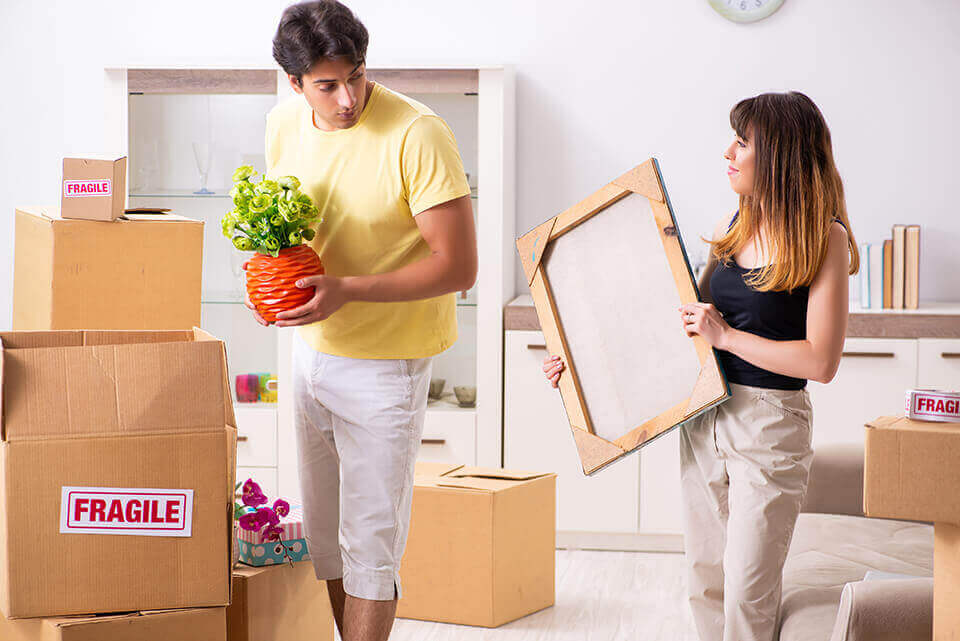
Does it seem like everything about boxing up belongings is too complex? Well, don’t worry. Calling professional long-distance movers and utilizing their packing services can be highly beneficial, especially for long-distance moves. These experts are equipped with the knowledge and experience to handle the entire process effectively.
They can provide specialized materials, such as custom crates for delicate items, to ensure maximum protection. The long-distance moving company’s crew is skilled in properly securing and labeling boxes. They can also save you significant time and effort.
Approaching the packaging process with organization and efficiency is key to a successful move. By following the tips and techniques outlined above, you can streamline the entire process, protect your belongings, and make the transition to your new home much smoother.
However, if you find yourself needing professional assistance for your long-distance relocation, consider reaching out to Trico Long Distance Movers. Our experienced team can provide reliable long-distance moving services and ensure the safe transportation of your possessions. For more information or to schedule a consultation, please feel free to contact us.
Essential tips for packing efficiently when cross-country moving include starting early, decluttering before beginning, using a systematic approach (such as room-by-room packaging), labeling boxes, using proper materials, and maximizing space in boxes.
To determine which items to pack and which ones to leave behind, consider their value, usefulness, and sentimental significance. Ask yourself if you’ve used or worn the item in the past year and if it’s worth the cost of moving it.
Specific materials and supplies that are recommended include sturdy moving boxes, tape, bubble wrap, paper, furniture, blankets, and mattress covers. These items help protect your belongings during transportation.
Fragile items can be protected during the process by using ample cushioning materials, such as bubble wrap or paper. Individually wrap fragile items, like glassware or ceramics, and place them in sturdy boxes. Label these boxes as “Fragile” for careful handling.
Strategies for organizing and labeling packed boxes include labeling them by room and content, using color-coded labels or markers, and creating an inventory list to track the contents of each box. This makes it easier to locate specific items during the unpacking process.
It is advisable to start boxing up for the relocation at least a few weeks in advance, especially if you have a large household or many belongings. Starting early allows you to pack gradually and reduces the last-minute relocation rush.
Items that require special packaging considerations include valuable artwork, antiques, fragile electronics, delicate instruments, and sentimental items. Consider using specialized materials or seeking professional assistance to ensure their safe transport.
Yes, you can hire professional packers to assist with the boxing-up process. Professional packers have expertise in handling various items, using proper techniques, and ensuring efficient and secure packaging for relocation.
Bulky or oversized items can be handled by disassembling them whenever possible, using furniture sliders or dollies for easier transportation, and using appropriate materials to protect any vulnerable parts.
To ensure a smooth unpacking process, consider labeling boxes with the room they belong to and prioritizing essential items. Pack an “Open First” box with essentials like toiletries, clothing, and important documents. This way, you can easily access the essentials upon arrival at your new home. If the process is too difficult, consider finding “long-distance movers near me” to do everything instead of you.